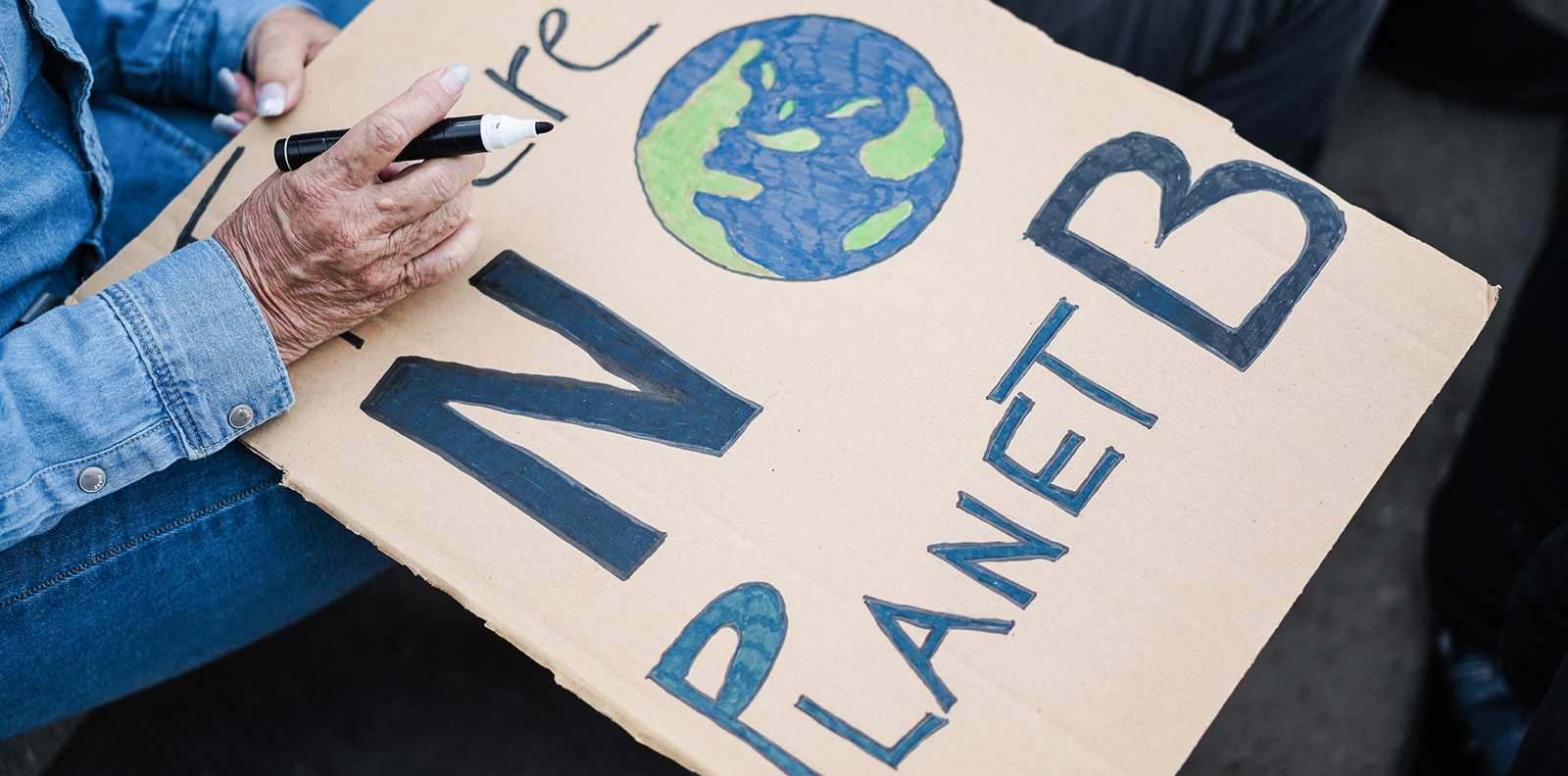Providence Unveils Aspirational Climate Justice Plan
October 25, 2019
PROVIDENCE — The city’s Climate Justice Plan is more than a guide to reducing greenhouse-gas emissions. The document also includes plans to address housing, transportation, development, public health, and energy use, all of which will be achieved through improving the livelihood of marginalized residents, according to city officials.
The 88-page plan was written to meet Mayor Jorge Elorza’s goal of becoming carbon neutral by 2050. But like many of the goals within the plan, the steps for getting there are aspirational, unenforceable, and haven’t been established. The Office of Sustainability says it will work closely with the City Council to create the necessary policies to implement the plan.
First, the term carbon neutral needs defining. The plan uses the explanation supplied by The New Oxford American Dictionary: “Being carbon neutral involves calculating your total climate-damaging carbon emissions, reducing them where possible, and then balancing your remaining emissions, often by purchasing a carbon offset: paying to plant new trees or investing in ‘green’ technologies such as solar and wind power.”
Thus, carbon neutral is more of a process than a strict benchmark. Determining emissions from vehicles and buildings — the two largest emitters of carbon pollution — often rely on assumptions and estimates rather than precise measurements.
Although achieving the goals is done by curtailing the use of oil, natural gas, gasoline, and diesel fuel, any shortfalls can be achieved by buying carbon offsets. Carbon offsets are essentially financial transactions that exchange an allowance to pollute for money that is invested in tree planting or renewable-energy development that can occur locally.
Whether carbon neutrality is achieved or not, the plan has some comprehensive goals for energy, housing, health, and transportation.
The goals include:
Passing an energy-reporting ordinance that requires building owners to report carbon emissions and energy use. This proposed policy is based on an existing ordinance in New York City. A similar law was approved in Washington D.C. Boston is considering the same rule.
Exploring mandatory emission-reduction targets for buildings.
Exploring assessing fines on building owners if they miss the targets.
Heating all city-owned building with renewable energy by 2040.
Fueling all city-owned vehicles and school buses with renewable energy by 2040.
Converting 90 percent of all residential buildings and 85 percent of commercial buildings to heat pumps by 2050.
Working toward a zero-emissions, pollution-free port.
Eliminating food waste by 2040.
Eliminating utility shut-offs by 2040.
In all, 15 priorities are to be underway by 2025, but many of the paths to meet them must still be written.
All of the goals will advance through a process of addressing social and environmental justice. The city’s Racial & Environmental Justice Committee co-produced the Climate Justice Plan. The plan includes, and future details will draw from, understanding the history that created the health problems the city faces, as well as the enduring structural racism, economic inequality, and problems caused by the extractive economy, meaning the process of profiting at the expense of land, water, wildlife, forests, soil, and ecosystems.
Pollution is still prevalent from the Industrial Revolution, as are other human and environmental costs from slavery and the contaminated land and water that have led to high levels of asthma and lead poisoning.
The city’s frontline communities, such as those bordering the industrial waterfront on Allens Avenue, will be part of the planning process going forward. The process will address gentrification and housing displacement, jobs, health care, and the impacts caused by a changing climate.
Categories
Join the Discussion
View CommentsYour support keeps our reporters on the environmental beat.
Reader support is at the core of our nonprofit news model. Together, we can keep the environment in the headlines.
We use cookies to improve your experience and deliver personalized content. View Cookie Settings



